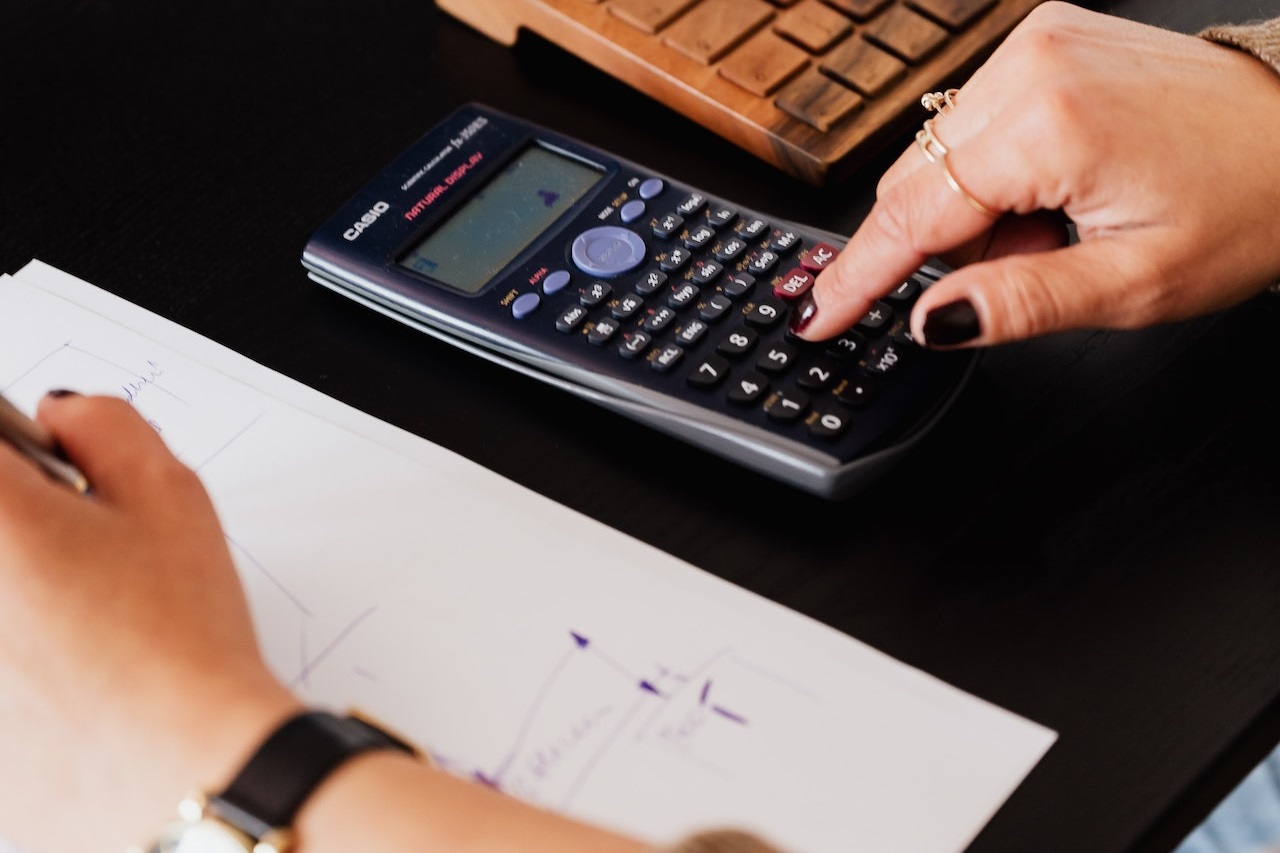Double-entry accounting is the most widely used method of accounting today. It is a systematic approach to recording financial transactions where each transaction is recorded in at least two accounts. One account is debited while another account is credited. This system ensures that the accounting equation (Assets = Liabilities + Equity) remains in balance, and it helps to reduce errors and fraud.

01. Identify the Financial Transaction :
The first step in double-entry accounting is to identify the financial transaction that needs to be recorded. Financial transactions can be any event that affects the financial position of a business, such as sales, purchases, payments, and receipts.
02. Determine the Accounts Involved :
Once the financial transaction has been identified, the next step is to determine which accounts are involved in the transaction. For example, if a business sells a product, the accounts involved would be the cash account and the sales account.
04. Decide Which Account to Debit and Which to Credit :
The third step in double-entry accounting is to decide which account to debit and which account to credit. This decision is based on the type of account and the nature of the transaction. In general, assets are debited and liabilities and equity are credited.
For example, if a business purchases inventory for cash, the inventory account would be debited (increased) and the cash account would be credited (decreased). If the business pays for the inventory on credit, the inventory account would still be debited, but the accounts payable account would be credited (increased).
05. Record the Transaction in the General Journal :
Once the accounts have been identified and the debits and credits have been determined, the transaction is recorded in the general journal. The general journal is a chronological record of all financial transactions that occur within a business.
The general journal entry includes the date of the transaction, a description of the transaction, the accounts that are debited and credited, and the amount of the transaction. The debit amount is recorded first, followed by the credit amount.
06. Post the Transaction to the General Ledger :
After the transaction has been recorded in the general journal, it is posted to the general ledger. The general ledger is a record of all accounts maintained by a business, including their balances and transaction histories.
The transaction is posted to the appropriate accounts in the general ledger, and the account balances are updated to reflect the transaction. For example, if the inventory account was debited and the cash account was credited, the balance of the inventory account would increase while the balance of the cash account would decrease.
07. Prepare the Trial Balance :
Once all the transactions have been recorded in the general journal and posted to the general ledger, a trial balance is prepared. The trial balance is a list of all accounts and their balances, and it is used to ensure that the total debits equal the total credits.
08. Prepare the Financial Statements :
After the trial balance is prepared, the financial statements can be prepared. The financial statements include the balance sheet, income statement, and cash flow statement. These statements provide a snapshot of the financial position of a business, and they are used to make informed decisions about the business.
Also Read : What It Is Cash Flow Statement ?
Conclusion
Double-entry accounting is a systematic approach to recording financial transactions that helps ensure accuracy and prevent errors and fraud. By following the steps outlined above, businesses can accurately record their financial transactions, maintain accurate records, and make informed decisions based on their financial statements. With a thorough understanding of double-entry accounting, business owners and managers can ensure the financial health and success of their businesses.




